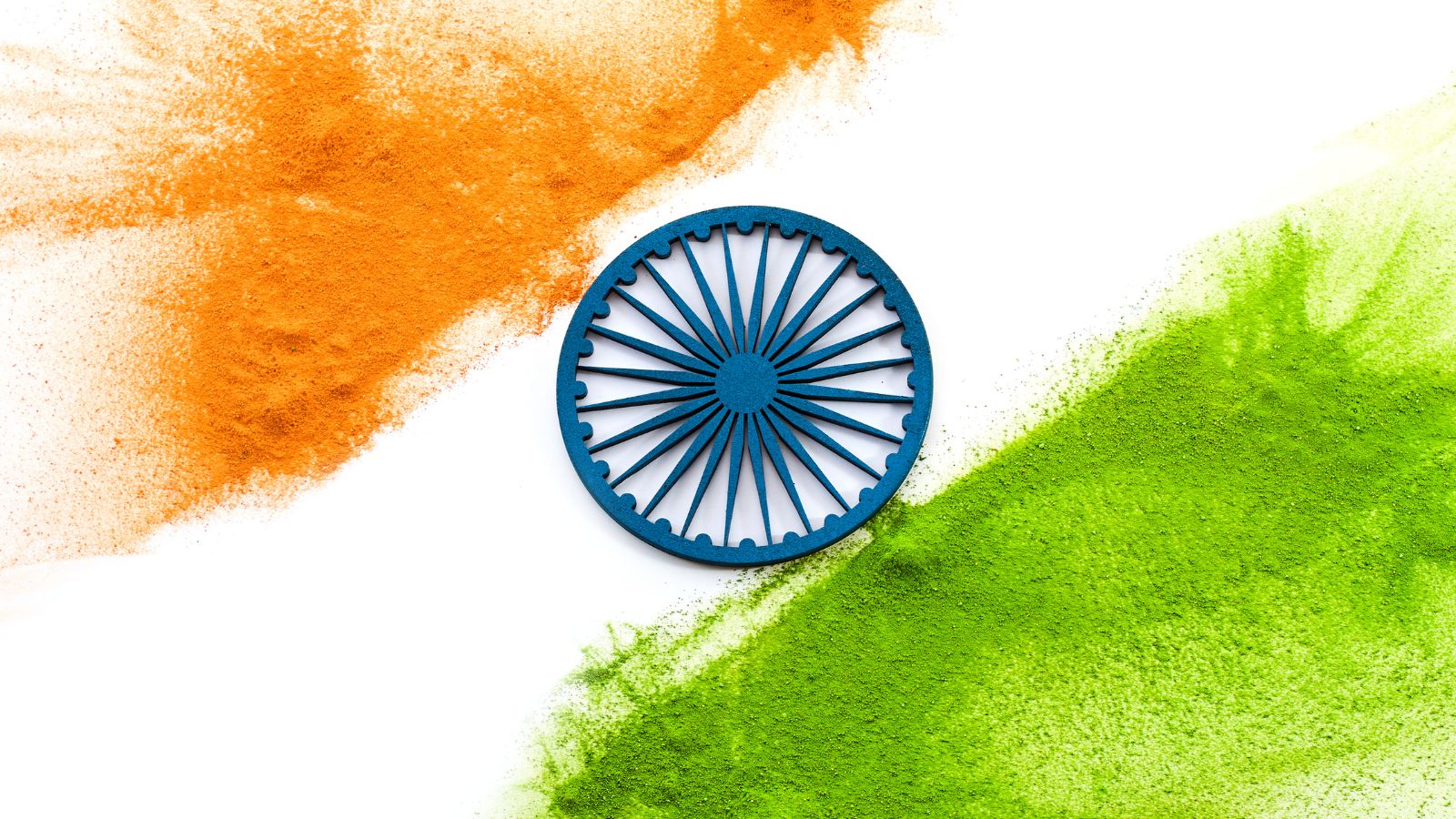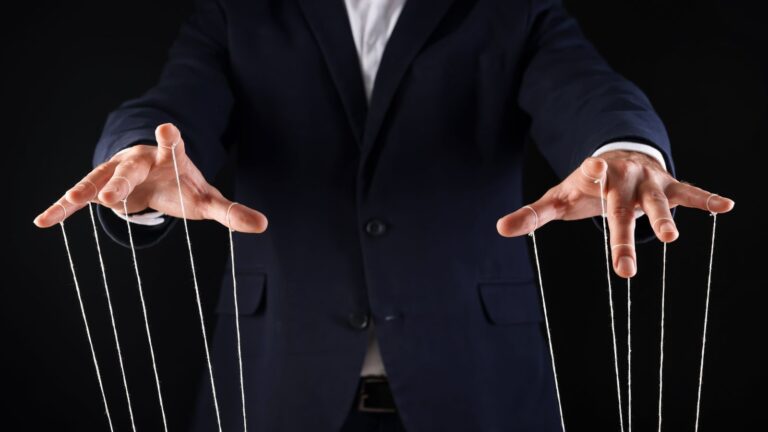On August 15, 1947, India finally broke free from British colonial rule, but why was this specific date chosen?
The decision was largely driven by Lord Mountbatten, the last British Viceroy. By early 1947, Britain was exhausted after World War II and could no longer sustain control over a restive India. On February 20, 1947, the British Prime Minister Clement Attlee announced that India would receive full self-rule by June 1948.
Mountbatten believed that waiting until mid-1948 could lead to disaster. Communal tensions between the Congress and the Muslim League were escalating, and he feared the interim government might collapse before the transfer of power. To avoid this, he moved the date forward to August 1947, hoping to reduce instability, though he later acknowledged that bloodshed was inevitable when colonial rule ended.
Mountbatten selected August 15 for a deeply personal reason: It marked the second anniversary of Japan’s surrender, which took place on August 15, 1945, ending World War II. As the Supreme Allied Commander in Southeast Asia, he had overseen Japan’s defeat. This was a turning point that also led to the collapse of Subhas Chandra Bose’s Indian National Army (INA), which had allied with Japan against British rule. Mountbatten regarded the date as symbolic of victory over tyranny and believed it would carry special significance for marking India’s freedom.
Despite concerns from some Indian leaders about the date being astrologically inauspicious, Mountbatten stood firm. The Indian Independence Act, passed on July 18, 1947, formalized the transfer of power, creating the dominions of India and Pakistan. On August 15, 1947, India became a free nation, though the partition triggered widespread violence and displacement.



